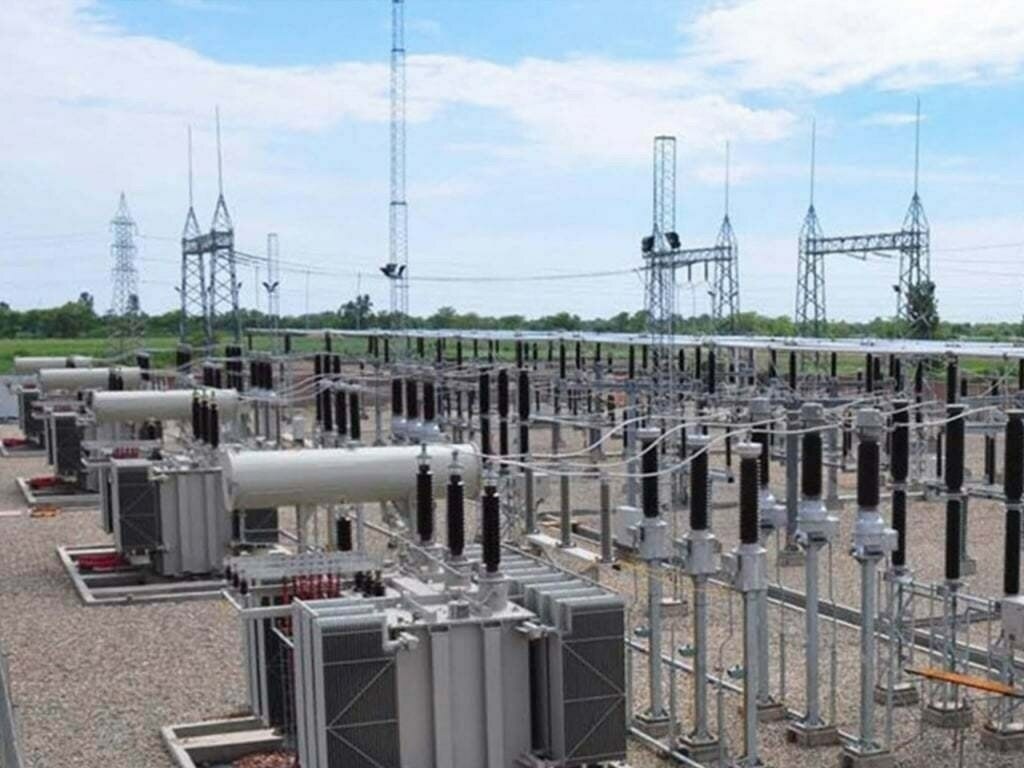Valley fever cases surged significantly across California in 2024, with some regions experiencing year-over-year increases exceeding 100%, according to data from the California Department of Public Health (CDPH). This fungal respiratory infection is caused by inhaling spores found in soil and presents symptoms such as cough, fever, chest pain, and difficulty breathing. Severe cases can lead to brain infections like meningitis or even death. While the disease is predominantly reported in California’s central regions, infections have also been documented in areas like the northern Central Valley and Southern California.
The CDPH’s database, which includes cases preliminarily identified through November 30, indicates increases across numerous counties, including Alameda, Contra Costa, Fresno, Kern, and Los Angeles, among others. Some counties, such as San Francisco, saw modest rises due to historically low case numbers (from 24 cases in 2023 to 50 this year). However, the data reflects a broad statewide trend, highlighting the expanding impact of Valley fever across diverse geographic regions.

California Valley Fever Cases Surge Over 100% in 2024, Highlighting Expanding Threat Across Regions
Monterey County experienced the most dramatic percentage increase, with cases jumping over 200%, from 96 in 2023 to 299 this year. Kern County, located in the Central Valley, continues to record the highest number of cases due to its hot, dusty climate and large population of agricultural workers. Of California’s 11,076 total cases in 2024, Kern County accounted for 3,768. This underscores the persistent challenge the region faces in controlling the spread of the disease.
The outbreak extended to events like the Lightning in a Bottle music festival near Bakersfield, where at least 19 attendees tested positive for Valley fever, and eight required hospitalization. Such instances highlight how specific gatherings and environmental conditions can exacerbate exposure risks, particularly in endemic areas. These developments raise awareness about the importance of preventive measures during public events in high-risk zones.
Farmworkers and others exposed to dirt and dust in endemic areas remain particularly vulnerable to Valley fever. CDPH recommends precautionary measures such as closing windows and doors during windy or dusty weather, wetting soil before digging, and wearing N95 masks in dusty environments. These steps aim to mitigate risks, especially for populations most at risk due to occupational or environmental exposure.























